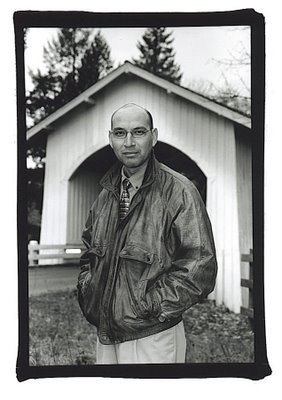The Agony and The Ecstasy

A sports image works when people don't have to read the caption.
-Bernard Brault
The world of sports serves as a microcosm of our society. At any age or any level, sporting events reveal the spectrum of human behaviors and emotions. There are heroes and villains, costly mistakes and lucky breaks, minutes of euphoria and hours of despair--and ultimately, winners and losers. It's this dichotomy that's of particular significance to the newsphotographer.
Early in my wire service career, the importance of capturing meaningful sports jubilation or dejection photos was hammered home. After all, it was our mission to provide client publications with images that clearly and definitively represented the outcome of games, and simply put, there is no better way to do that than with these types of pictures. With one compelling jubilation or dejection photo, readers know in an instant the outcome of their home team's game and clarity of that magnitude in the news business isn't easy to express.
For example, in this photo, fans would recognize the dejected player as the kicker and would immediately realize that the game was in his hands and the outcome is obvious--he missed the game winning kick and the Packers lost--all of this information is readily apparent in his expression and posture, nothing more needs to be communicated.
I believe sporting events offer photographers some of the purest moments of human emotion, and it's between the lines and the agony and the ecstasy where these images are found.





